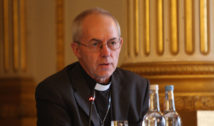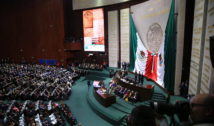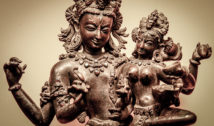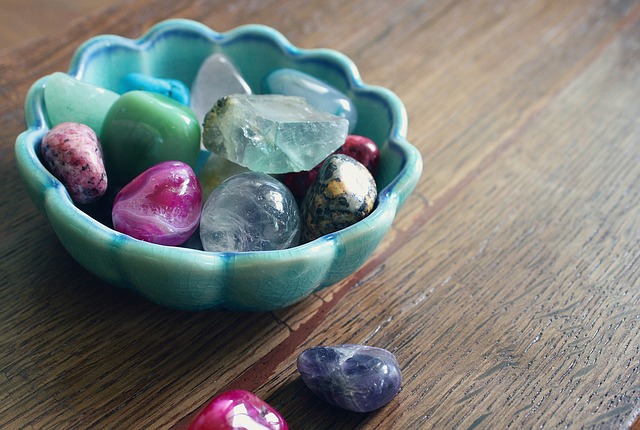
Wellness Techniques Steal Culture To Make a Profit
- By C Barnett --
- 25 Nov 2017 --
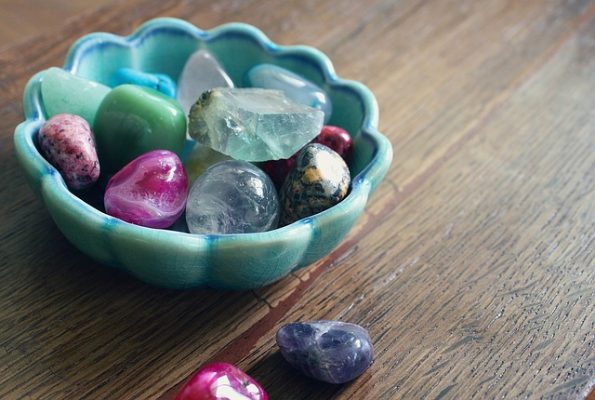
It’s time for us to be a little more upset about the normalization of these neo-New Age practices.
While Gwyneth Paltrow is taking “Wellness” to a new level introducing the new trend “clean sleeping“, I’m getting tired of this new trend for the ultra-rich to appropriate culture while rampant racism and hatred of those cultures spread through the news.
It’s time for us to be a little more upset about the normalization of these neo-New Age practices that are being increasingly glorified as cure-all solutions that were mocked up until the famous, insta-famous, and uber rich decided they had value.
There is nothing wrong with spiritual healing and looking for alternative solutions for health issues, but these techniques are not new, they are resurfacing if we are to appreciate we must recognize its background. “Cultural appropriation is a process that takes a traditional practice from a marginalized group and turns it into something that benefits the dominant group – ultimately erasing its origins and meaning.”
In the wellness practices below, they are not only examples of cultural appropriation, but of religious appropriation. Here is a little background to help you find non-appropriative wellness practices:
Cupping is most commonly attributed to Traditional Chinese Medicine, which is one origin of cupping, it is not the only one. Cupping, called Hijama is an important, yet often forgotten, Sunnah, a teaching of the Prophet Muhammad. “Hijama cupping is the most helpful procedure for human beings to cure themselves.” The Prophet Muhammad declares in the Quran. Hijama removes the jinn, evil spirit, from that who needs it, and can cure certain diseases. Cupping has multiple roots historically, the biggest issue with mainstream cupping culture is cultural arrogance, and the belief that non-western healing practices are lesser than western ones. Like you would do research before going to a doctor, or getting a western-medical procedure, you should do the same amount of research before going into a cupping session.
Crystals toe the line of cultural appropriation. Most crystals have more recently developed their significances with the evolution of New Age popularity. Crystal usage is great as long as it sticks to these newly developed ideas of energy flow. It gets into sketchy territory when crystal healers begin to bring in religious practices such as chakras and chi to add a ‘traditional’ element to the practice. The inclusion of these religious practices within crystal healing is where it becomes cultural appropriation, especially when it is not individuals with a religious background who are trying to ‘elevate’ these practices. Let’s keep the crystals under our pillows, on our necklaces, and around our houses, not on our chakra points unless there is going to be a real commitment to understanding the religious significance to the appropriated practices.
Lodges are a common Indigenous practice. Sweat Lodges are one of the most well-known Canadian Aboriginal purification practices. Celebrities rave about their sweat lodge experiences, without any recognition of where they come from. Many Indigenous groups used the sweat lodges to attempt to purify themselves from corrupting influences following the European invasion that introduced alcohol and small-pox blankets to the indigenous peoples. There are many different sweat lodge traditions associated with different tribal groups, but they all focus on spiritual healing and transformation. If you find it important to participating in sweating practices make sure that you find those activities outside of sweat lodges or houses, a sauna should do just fine.
Yoga is a South Asian / East African spiritual practice. The continued monetization and westernization of Yoga devalues it’s original context. Yoga, like other Hindu, Vedic, Jainist, Buddhist, and Sikh spiritual practices, was labeled barbaric, demonic, primitive, and to practice one’s religion became illegal. Yoga was then extracted by the colonists and brought back stripped of its religious context. “Yoga has been turned into something that is diluted of it’s original meaning.”
Make sure that where you practice yoga is also informed about the importance of understanding the religious aspects of yoga. You’re space of practice should be inclusive, using of spiritual objects or language should be done with care and understanding from both the instructor and those you practice with, there should be a focus on the spiritual journey of yoga. Remember throughout your practice the struggle and resilience of those who preserved yoga throughout religious persecution and intolerance.”








